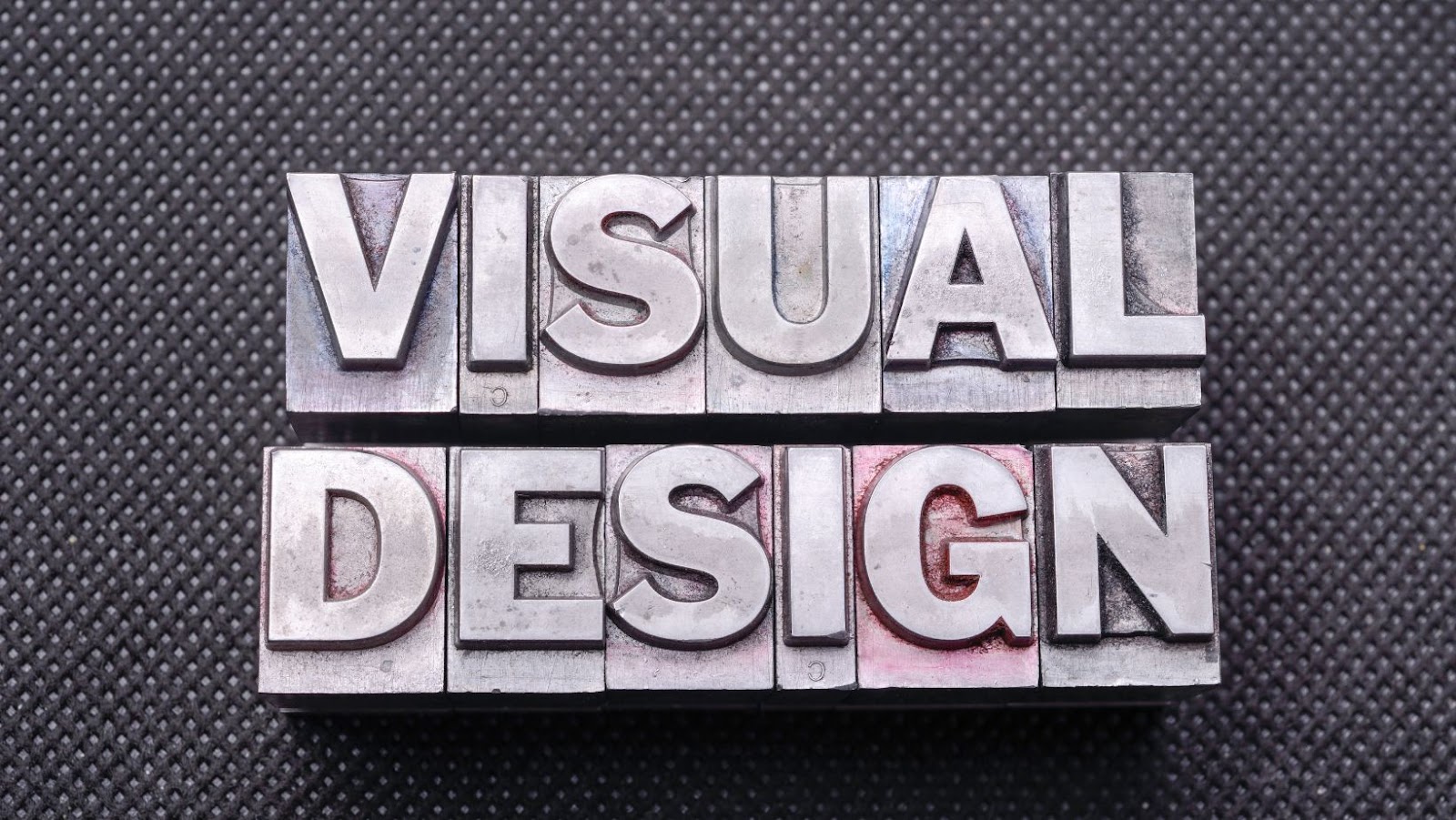A home design visualizer is a digital tool that allows users to create virtual models of their living spaces. These tools enable users to experiment with various design elements such as furniture, layouts, colors, and textures. By offering a 3D representation of a room, home design visualizers help in planning renovations or redecorations. They eliminate the uncertainty of traditional design methods by allowing real-time adjustments and comparisons. Homeowners and professionals alike benefit from these tools, as they provide an accurate preview of potential design changes. As technology evolves, the capabilities of home design visualizers expand, making them indispensable in designing functional and aesthetically pleasing spaces.
Home design visualizers offer an array of features enhancing the user experience in the design process. Evaluating these key features ensures optimal utility and satisfaction.
A straightforward user interface simplifies navigation. Intuitive layouts with accessible menus and tools aid in the design process. Consider a drag-and-drop functionality for effortless design adjustments.
Comprehensive design tools and options elevate creativity. Look for a wide selection of colors and textures to assist in customizing spaces. Furniture libraries with various styles offer flexibility in room arrangement.
Seamless integration with other software broadens functionality. Compatibility with CAD or BIM software enhances design precision by allowing imports and exports. Software updates that ensure cross-platform functionality are beneficial.
Advanced 3D visualization capabilities provide realistic models. Look for high-resolution rendering to accurately depict lighting and shading. Interactive walkthroughs offer a detailed perspective of design changes.
 Popular Home Design Visualizers
Popular Home Design Visualizers
Home design visualizers have revolutionized how individuals approach interior design projects. A variety of tools cater to different needs and budgets, offering both free and premium options to suit diverse user requirements.
Homeowners can explore a wide range of home design visualizers, both free and paid. Free tools, such as SketchUp Free and Planner 5D, allow users to create basic designs with limited features, ideal for those on a budget or new to interior design. These platforms often include essential functionalities like simple 3D rendering and basic furniture libraries.
Paid versions, like Autodesk Homestyler or Chief Architect, provide advanced features, appealing to professional designers and serious hobbyists. These options often include extensive material libraries, high-quality rendering, and integration with other design software. Users opting for paid tools typically benefit from greater design precision and more comprehensive customization capabilities.
Reviewing top home design visualizers helps users identify the most suitable options for their projects. SketchUp ranks highly for its user-friendliness and versatility, making it a favorite among both beginners and professionals. Homestyler impresses with its intuitive interface and rich feature set, allowing detailed room layouts and realistic model renders.
Chief Architect receives praise for its professional-grade tools, offering robust features that support complex design projects, including detailed construction documentation and VR walkthroughs. Roomstyler 3D allows users a seamless designing experience with its drag-and-drop simplicity and vast online furniture library, catering to users seeking a straightforward approach.
 Benefits of Using a Home Design Visualizer
Benefits of Using a Home Design Visualizer
Home design visualizers offer a range of benefits that streamline the interior design process. They enhance accuracy, efficiency, and overall user satisfaction in creating aesthetically pleasing spaces.
Home design visualizers improve design accuracy by allowing precise modifications within virtual models. Users adjust dimensions, colors, and textures to visualize the final design clearly. These tools reduce errors by offering detailed 3D representations, which highlight potential issues before physical changes occur. Advanced features, such as augmented reality and real-time lighting simulations, provide realistic insights into how designs interact in real spaces.
By using a home design visualizer, users save both time and money during the design process. Instant visual feedback enables quick decision-making, minimizing the need for lengthy deliberations. This efficiency reduces the chances of costly mistakes such as ordering non-compatible fixtures or decor. Additionally, seamlessly testing multiple design ideas means that homeowners and designers can avoid expensive trial-and-error methods, leading to more budget-conscious and timely project completions.